Poverty, tight budgets foster food insecurity in West Las Vegas
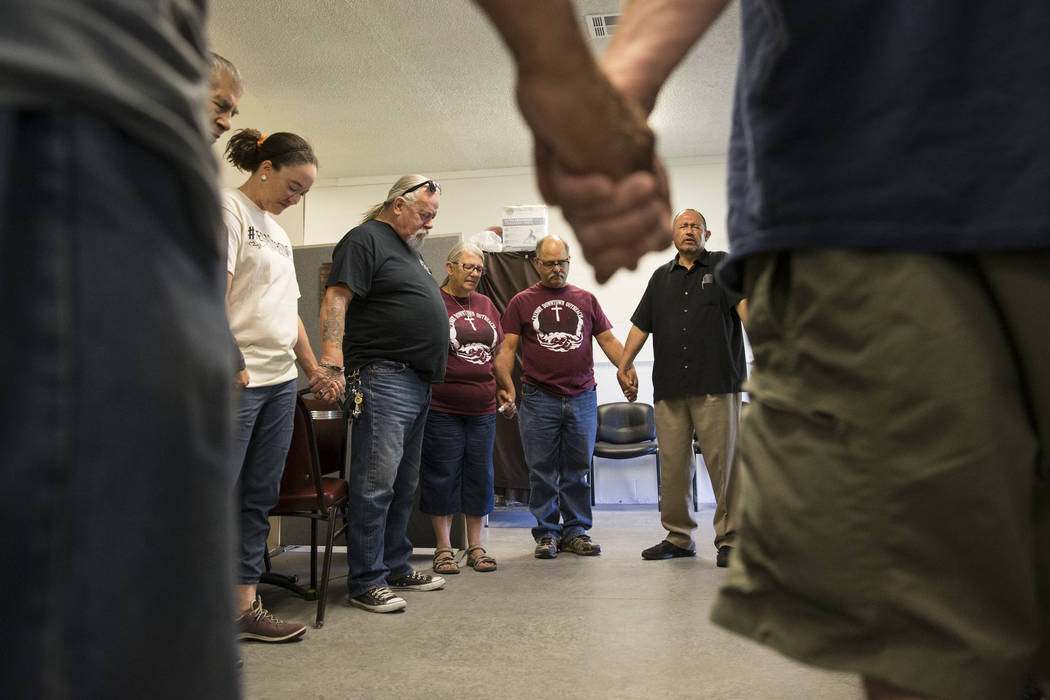
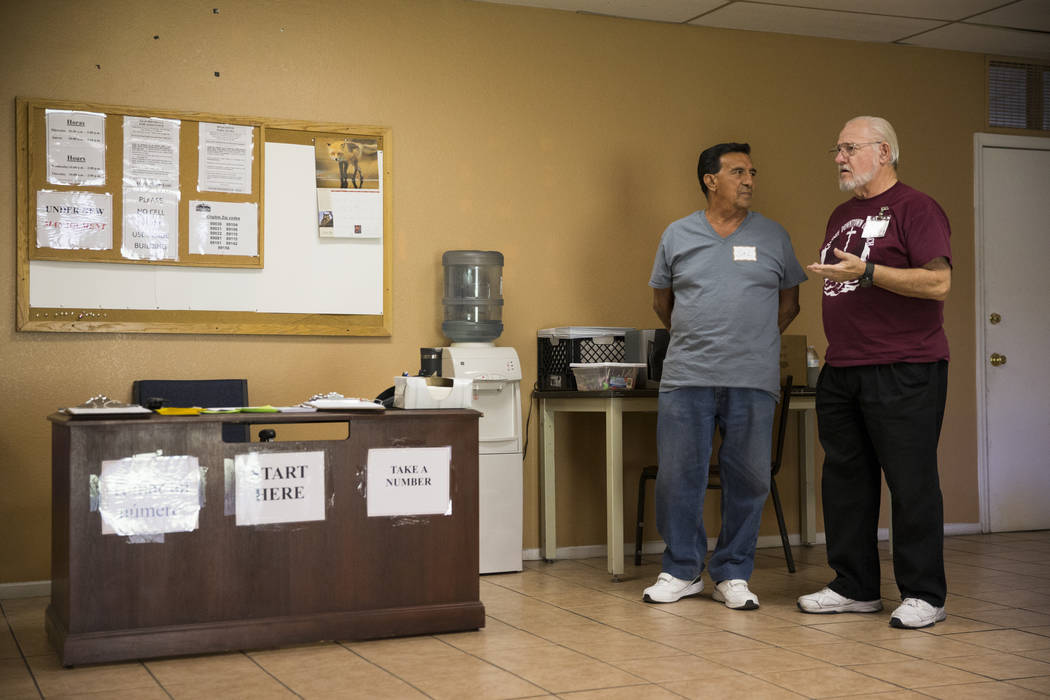
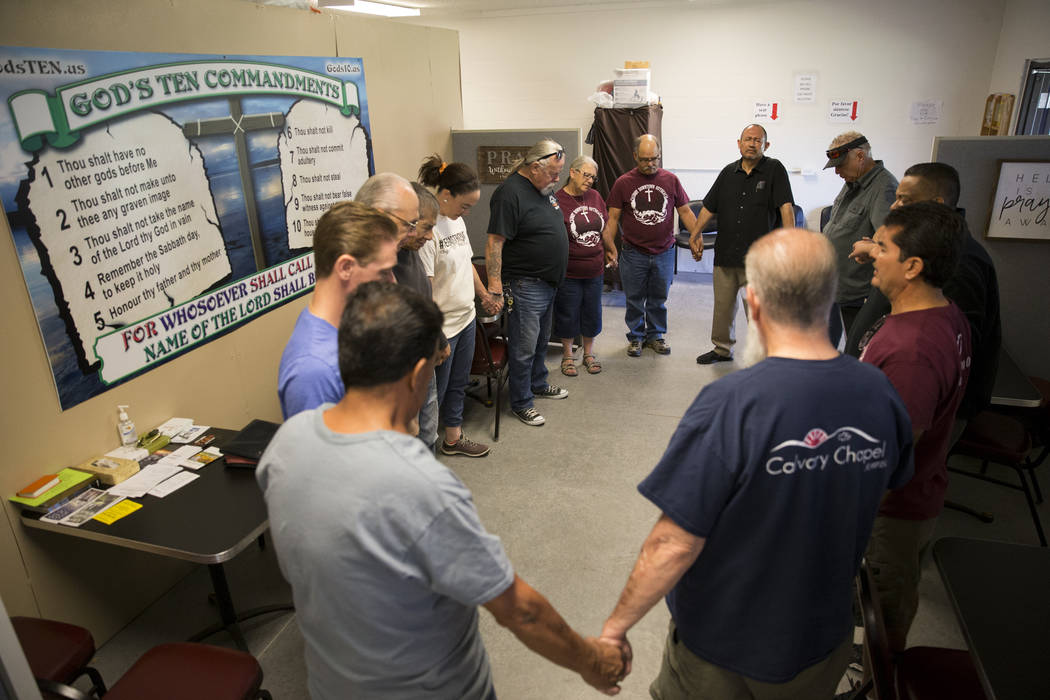
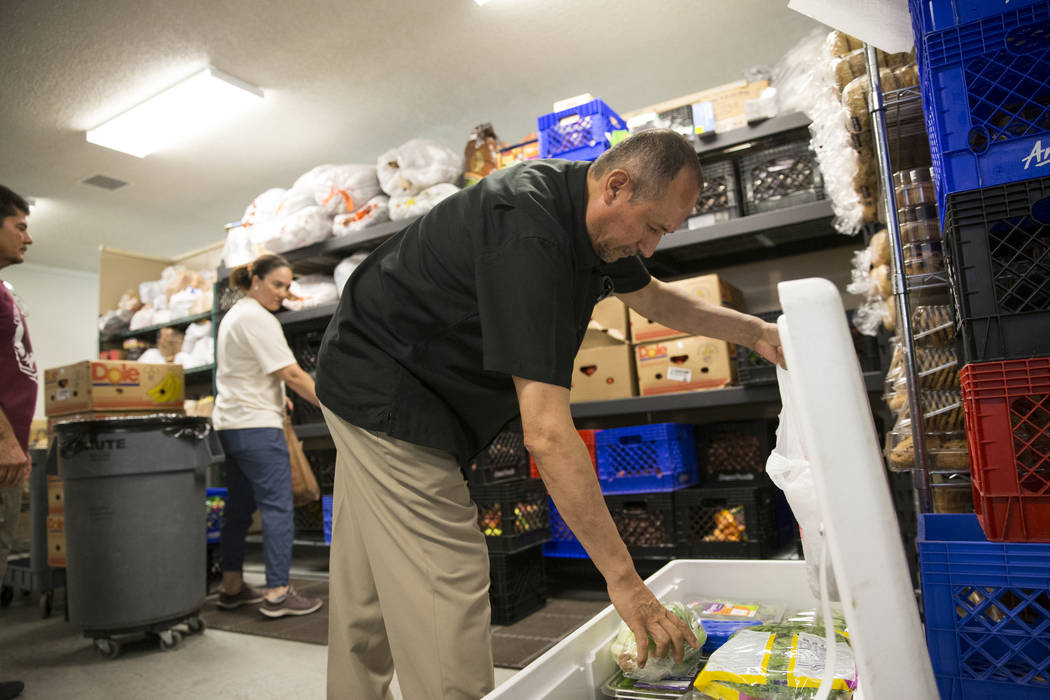
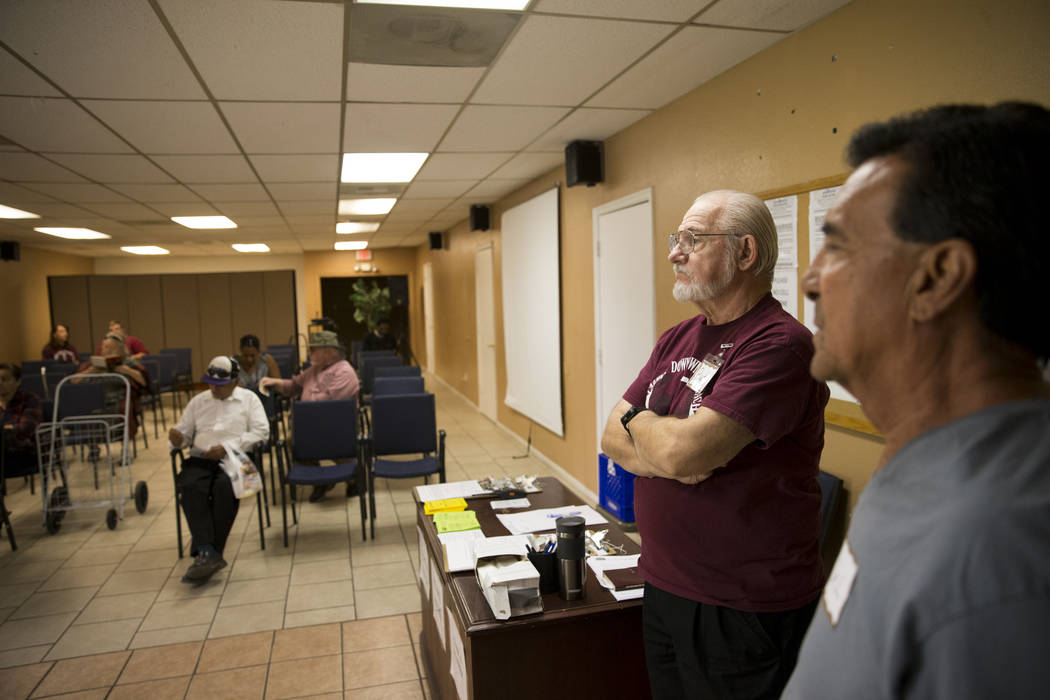
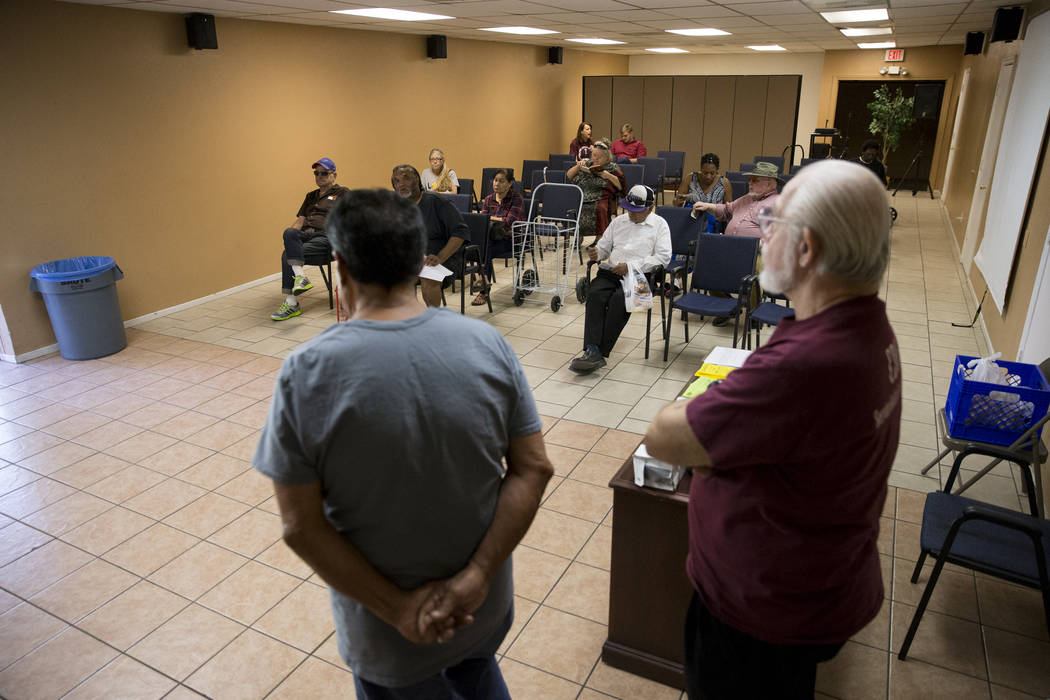
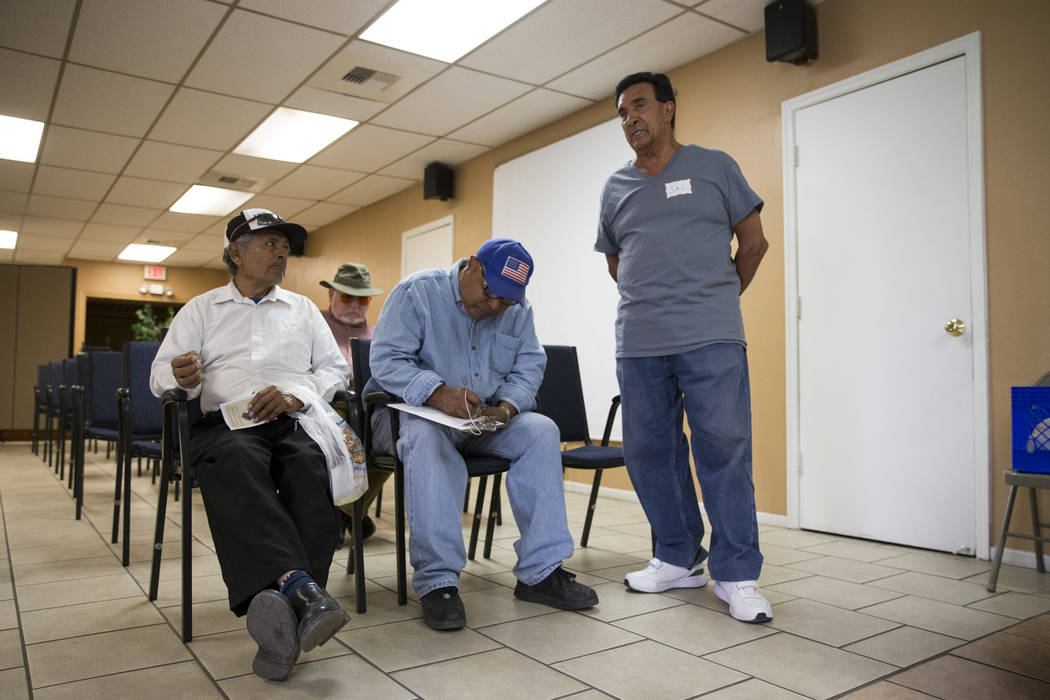
Jazmin Smith smiled as her trunk filled with groceries.
Finally, she thought, a break from instant noodles.
Smith, her daughter and her nephew have been skimping on meals to save money for bills. Finances have been tight for the security guard since August, when her employer nearly halved her 60-hour workweek.
But on Thursday, the family got a brief reprieve in the form of free meat, produce and other groceries from the Calvary Downtown Outreach food pantry in North Las Vegas.
“If it wasn’t for this food pantry, I would have nothing,” said Smith, 30. “I would be trying to make phone calls and see who can send some money or try to take out another loan, and it would just put me in more debt.”
Smith lives in the nearby historic west Las Vegas neighborhood. The area’s ZIP code, 89106, has Clark County’s highest rate of food insecurity.
In this predominantly black and Hispanic community of 27,000, nearly 25 percent of people reported last year that they did not have reliable access to affordable, nutritious food.
That’s according to Three Square, a local food bank whose annual study of food insecurity found that the rate in 89106 is nearly double the average of both the county and the United States.
The disparity comes as no surprise to John Jordan, a resident of Marble Manor, one of west Las Vegas’ eight public housing communities.
Jordan, 46, said it’s not uncommon for his neighbors to run out of government assistance for food by the last week of any given month. Few people here eat breakfast, he said, and some children eat lunch only during the school year.
“I wouldn’t say anyone here gets up and has three squares. There’s dinner, and that’s it,” he said. “Hunger and poverty is bad in this area.”

Hunger driven by poverty
ZIP code 89106, which encompasses west Las Vegas and stretches south to Charleston Boulevard, has been the county’s least food-secure for four straight years, Three Square data show.
“It’s one of those areas where there’s always been a high level of need,” said Regis Whaley, a researcher for Three Square. “When you talk about food insecurity’s underlying factors, you’re looking at things like unemployment, poverty. That area is not one where you can necessarily infuse a bunch of jobs.”
Data from the Las Vegas Global Economic Alliance and Applied Analysis show that the 89106 has the second-highest poverty rate in the Las Vegas Valley and is tied for the second-highest unemployment rate. The area’s median household income is less than $30,000.
Las Vegas City Councilman Ricki Barlow, who has represented West Las Vegas since 2007, said he believes the area also has an insufficient amount of full-sized grocery stores stocked with fresh produce.
That results in poorer families relying on nearby fast-food options instead of traveling farther to buy healthier foods, Barlow said.
“Five or six dollars has to stretch between lunch or transportation. If they pay to go to the grocery store, they may not have enough left to buy the food they need,” he said.
“We’re dealing with a lot of poor people unfortunately in this ZIP code who tend to eat foods that are unhealthy because of the lack of financial resources to purchase food that is healthier and more nutritional,” Barlow said.
A widespread problem
No ZIP code in the Las Vegas Valley is unaffected by food insecurity.
But data show that as a whole, the county, Nevada and the U.S. are improving.
In 2011, the first year food insecurity data were collected, about 1 in 6 county residents was food-insecure. The rate has dropped to more than 1 in 7, about 310,000 people countywide.
“It’s been a very slow climb back out of the recession, but we are doing much better,” Whaley said. “Going forward, we may see that a slightly higher-than-normal food insecurity rate is the new normal.”
Even in west Las Vegas there have been small improvements. The food insecurity rate is down nearly 2 percentage points since its height in 2013.
Still, as long as the many factors fueling insecurity exist, parents such as Jazmin Smith will continue struggling to provide their family’s next meal.
“Sometimes I sit and cry and try to figure out ‘What am I going do?’ It’s like I’m living day by day and check to check,” she said. “I’m tired of trying to figure it out. I just want to be able to wake up and know everything is going to be OK.”
Contact Michael Scott Davidson at sdavidson@reviewjournal.com or 702-477-3861. Follow @davidsonlvrj on Twitter.












